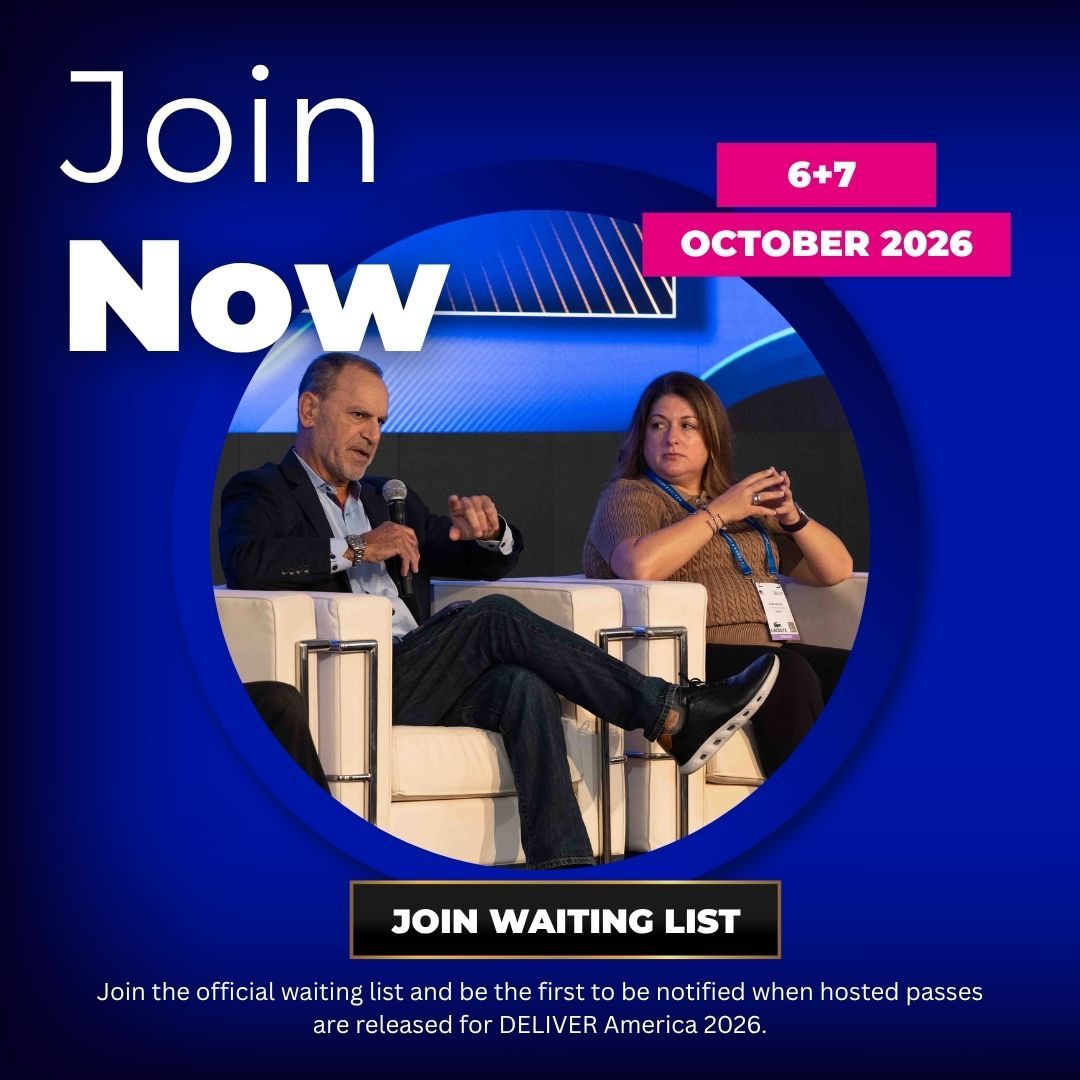The Future of Last Mile Delivery in 2026
Delivering certainty in an unpredictable world
In the fast-changing world of eCommerce logistics, customer expectations have moved beyond speed. They now demand certainty — knowing when, where, and how a package will arrive. At DELIVER America 2025, experts from Veho, HelloFresh, and Zazzle discussed how technology and partnership are transforming the last mile from a cost centre into a driver of trust and growth.
For Fred Cook, Co-Founder and CTO of Veho, that shift begins with technology. “Our mission is to give brands and customers confidence at the final step of delivery,” he explained. Veho’s platform combines data, automation, and AI-driven tools to deliver packages with precision, transparency, and flexibility — at scale.
Reimagining delivery as a brand experience
HelloFresh’s Tanner Morley described how critical reliable delivery is for meal kits: “If a HelloFresh box doesn’t show up, it ruins everything we’ve done — from marketing to fulfilment.” As the company expanded across the U.S., it redefined the delivery experience as part of the brand promise.
Morley explained that HelloFresh analyses factors like regional temperature profiles and carrier performance to ensure perishable goods arrive fresh and on time. It’s a highly technical process — but one that’s invisible to customers, who simply expect dinner to arrive on their doorstep when promised.
Zazzle’s Jon Agnich echoed that sentiment: “If our product misses your event, it’s useless.” With a global network of manufacturers and real-time production data, Zazzle relies on automation to make intelligent, last-minute routing decisions that keep deliveries consistent and on time.
Technology and trust at scale
Deborah Surrette, Chief Commercial Officer at Veho, explained that technology is now the foundation of a trustworthy delivery experience. “Speed is important, but certainty is just as important,” she said. Veho’s driver app and customer tools — from photo proof and address validation to two-way, translated messaging — give customers clarity and control at every step.
Behind the scenes, Veho’s systems use predictive analytics and intelligent routing to identify risk factors like potential delays or incorrect addresses. These tools help brands prevent failed deliveries and reduce costly customer service queries, ultimately improving the bottom line.
AI-driven orchestration for the next era of logistics
Looking ahead, Veho is preparing to launch Maestro AI, a new orchestration engine that will dynamically balance cost, speed, and delivery promises. The system can automatically choose the most efficient route and delivery method to meet customer expectations while reducing operational costs.
Morley noted that AI already plays a major role at HelloFresh, powering its delivery selection and packaging models: “We run a sophisticated machine learning algorithm that decides the best way to deliver each box, based on the carrier’s performance and environmental conditions.”
Zazzle takes a similar approach, using real-time data to respond instantly to changes in production or demand. Agnich summarised: “Our business depends on making smart choices in real time. There’s no way a human could do that alone.”
A future defined by flexibility and connection
As the discussion closed, all speakers agreed that the most successful logistics strategies for 2026 will rely on collaboration and adaptability. Veho’s technology is designed to integrate seamlessly with its partners’ systems, ensuring every decision — from routing to delivery confirmation — works in sync.
Surrette summed it up: “Certainty, transparency, and technology will define the winners. The smallest optimisations often make the biggest impact — especially when everyone else is too busy to make them.”
By 2026, the most effective last mile operations won’t just be faster. They’ll be smarter, more sustainable, and built on the trust between technology, partners, and customers.


